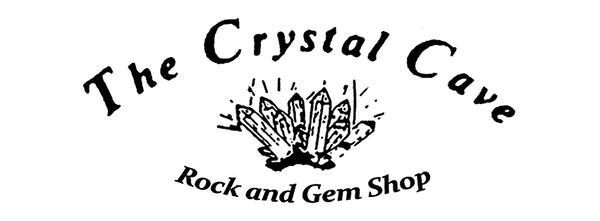Introduction:
Morocco, a land steeped in history and geological wonders, has long been a treasure trove for paleontologists and fossil enthusiasts alike. Among the myriad fossils that grace its ancient landscapes, none capture the imagination quite like the trilobites. These prehistoric arthropods, with their intricate exoskeletons and fascinating evolutionary history, offer a captivating glimpse into the depths of time. In this blog post, we embark on a journey to explore the trilobites of Morocco, a country that holds a special place in the hearts of fossil aficionados.
The Rich Fossil Heritage of Morocco:
Morocco's diverse geology and unique paleoenvironmental conditions have conspired to create a haven for fossil preservation. From the towering Atlas Mountains to the vast Sahara Desert, the country's varied landscapes house an extensive array of fossilized remains, with trilobites being among the most prized discoveries.
Trilobites, the Ancient Architects:
Dating back to the early Cambrian period, trilobites were some of the first complex life forms to inhabit the Earth. These marine arthropods, characterized by their distinctive three-lobed bodies, roamed the oceans for nearly 300 million years before succumbing to extinction during the Permian-Triassic mass extinction. Morocco's fossil beds have yielded an astonishing variety of trilobite species, showcasing the incredible diversity that existed within this ancient group.
The Trilobites of Morocco:
Moroccan trilobites are renowned for their exceptional preservation, often displaying intricate details that allow scientists to study their morphology with unparalleled precision. Some of the most notable trilobite species discovered in Morocco include the spiny Odontochile, the elaborate Kettneraspis, and the iconic Drotops armatus, known for its striking compound eyes.
Fossil Hotspots:
Several key locations in Morocco have become synonymous with trilobite fossil discoveries. The Anti-Atlas Mountains, Erfoud, and Alnif are just a few of the hotspots where collectors and researchers alike can unearth these ancient treasures. The layers of sedimentary rock in these areas have preserved not only the trilobites themselves but also the ecosystems in which they thrived.
Preservation Challenges:
While Morocco's fossil-rich sites offer a bounty of trilobite specimens, the country faces challenges in preserving this paleontological heritage. Illicit fossil trade and excavation activities pose threats to both the scientific value and the cultural significance of these finds. Collaborative efforts between paleontologists, local communities, and government authorities are crucial to ensure responsible fossil collecting and sustainable preservation practices.
The Allure for Collectors:
Moroccan trilobites are not only of interest to scientists but also to collectors and enthusiasts worldwide. Their intricate designs, diverse forms, and often vibrant colors make them prized additions to private fossil collections. However, it is essential for collectors to prioritize ethical sourcing and adhere to international regulations to prevent the depletion of these invaluable paleontological resources.
Conclusion:
Moroccan trilobites stand as silent sentinels of Earth's ancient past, offering a tangible connection to a time long before humans walked the planet. As we marvel at the intricacies of their fossilized remains, let us also reflect on the importance of responsible fossil stewardship. The trilobites of Morocco beckon us to explore not only the mysteries of our planet's history but also our role in preserving these wonders for generations to come.

